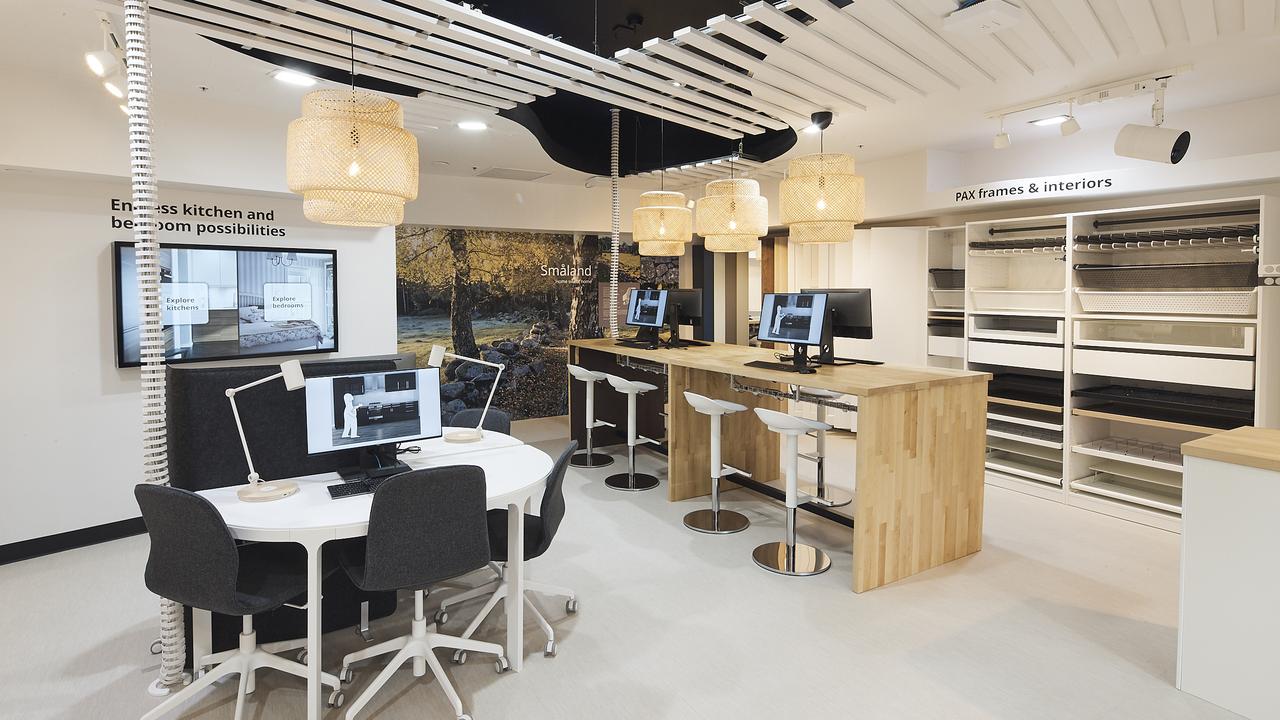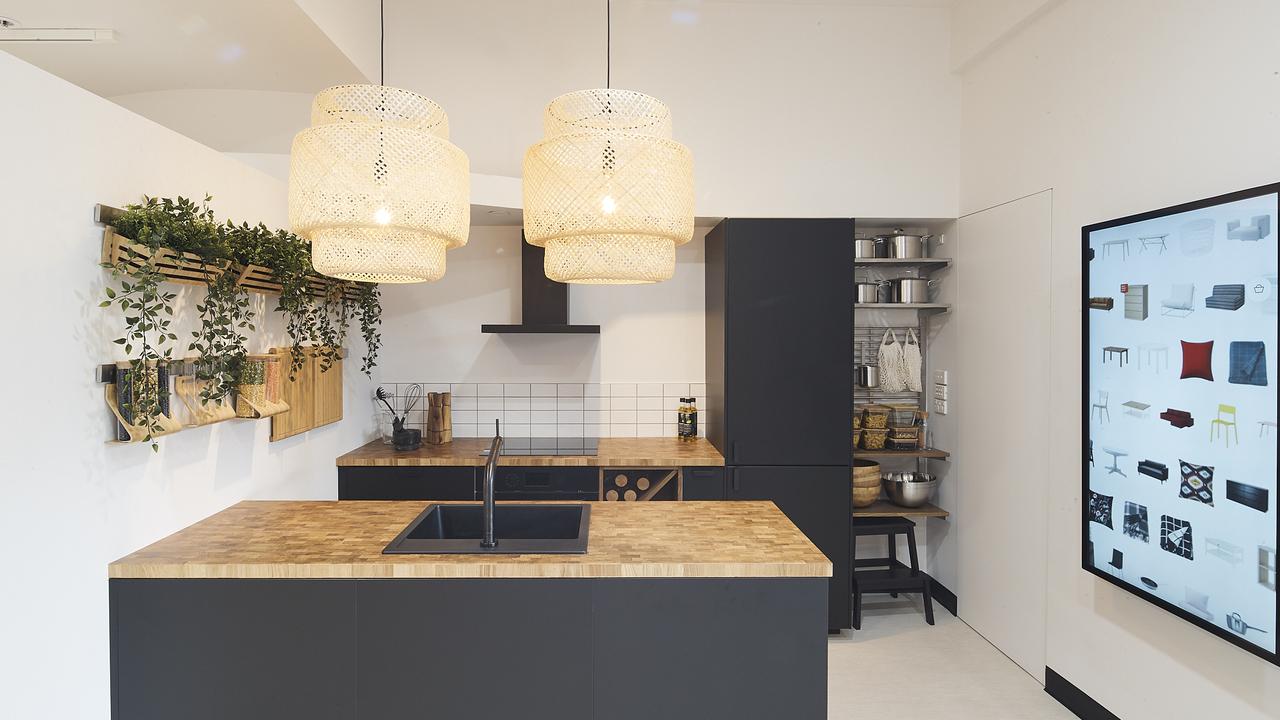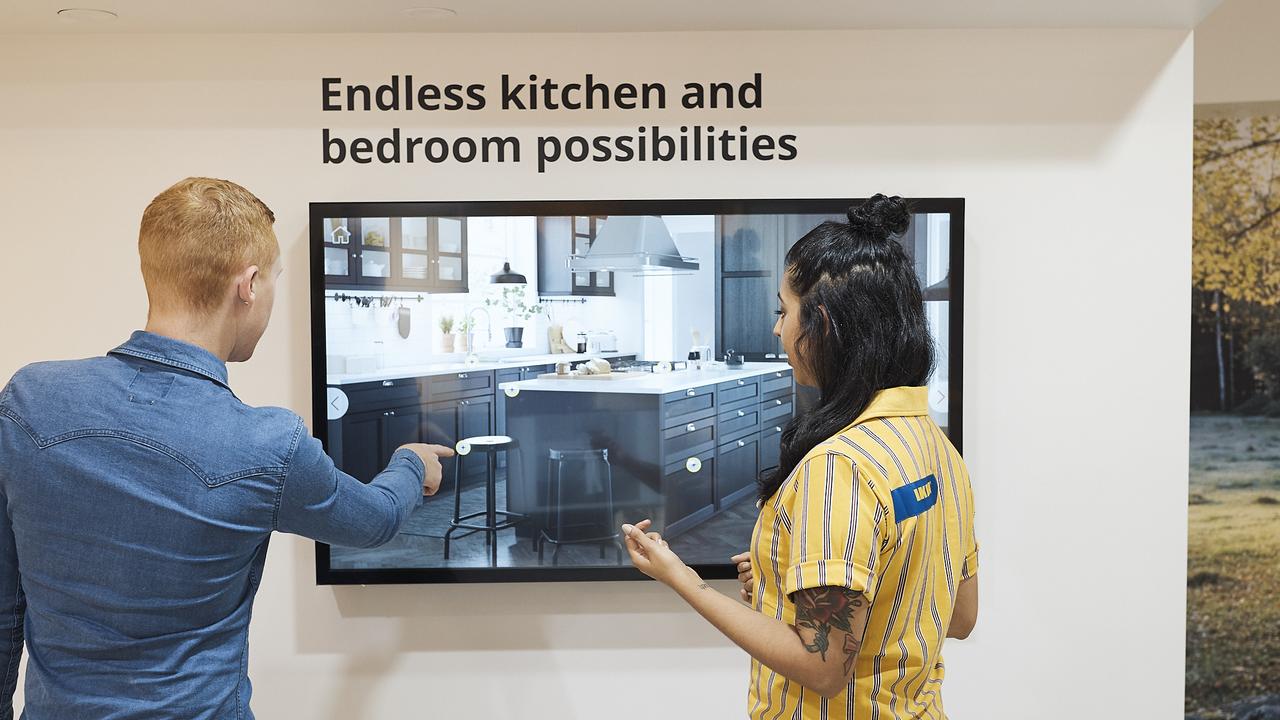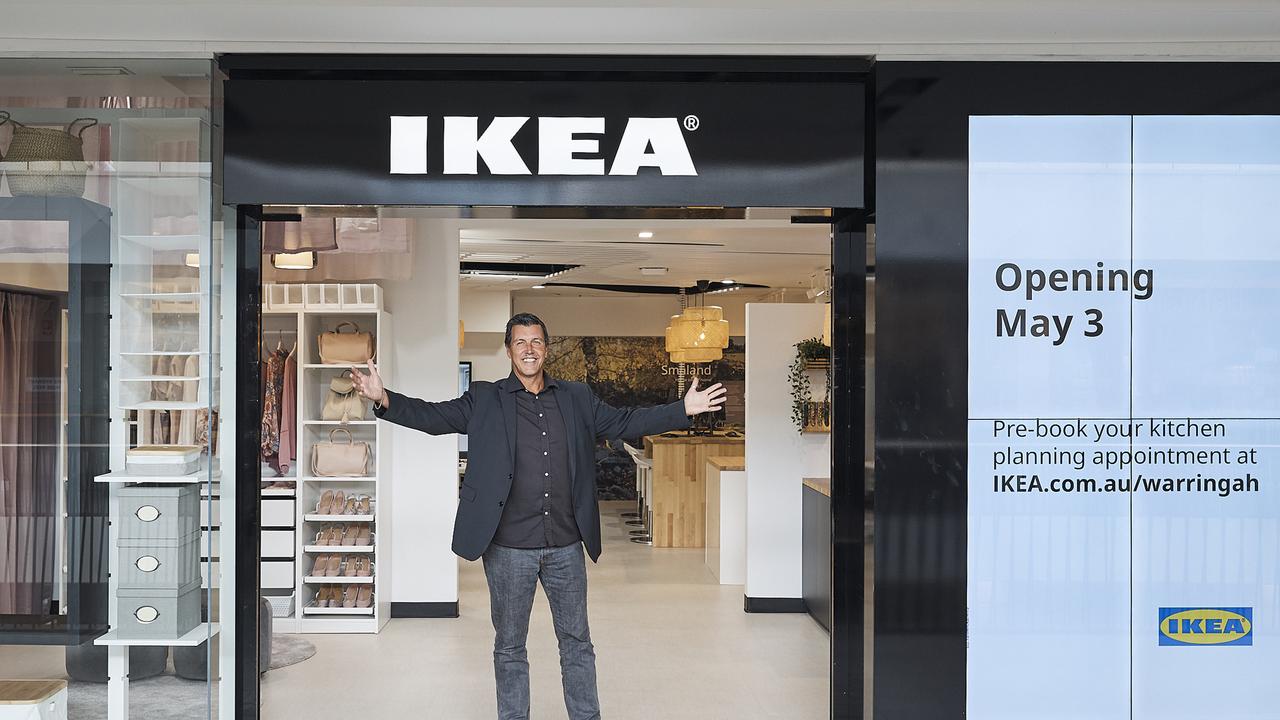Ikea has opened its smallest store in the world in a bid to adapt to Aussie shopping habits
We’re a funny bunch of shoppers, says Ikea. And the giant retailer has had to change tack to be successful Down Under.
Australia’s unique spending habits have forced global furniture giant Ikea to think outside the giant warehouse.
The Swedish retailer will open its smallest store in the world on Friday with plans to open about 12 across the country by the end of the year and about 20 altogether.
The first of the “home planning studios”, located at Warringah’s Westfield Shopping Centre, has a floorplan of just under 100 square metres — a fraction the size of the existing 37,000 square metre sites across the country.

Ikea Australia country manager Jan Gardberg has worked with the company for more than 35 years and knows how the brand has been adopted in various international markets.
“One thing that has struck me here in Australia is you really have to make things super convenient and accessible,” he told news.com.au.
“People are very stuck in their routines and what they want to do, and to break that you need to do something extraordinary.
“We are not a discounter, so this is why our strategy has to be to place ourselves into your everyday behaviour patterns and make it more convenient with digital formats.”
Mr Gardberg compared Aussie shoppers to Russians who he says are happy to drive up to three hours to shop and where Ikea stores are open until 2am.
“Once we understand (the Australian consumer), what’s our response to it going to be?” he said.
The reaction is the smaller store front, which will be staffed by design experts to help the consumer plot their next kitchen or bedroom renovation.
Digital shopping displays will also be mounted on the walls to allow the customer to buy items and have them delivered to their homes.

Mr Gardberg said it was unlikely there would be any more of the giant warehouses constructed in Australia.
Instead, the next wave of warehouses will be about 5000 square metres and scattered throughout Australia’s inner-city suburbs — about a third of the size of the giant warehouses we’re used to getting lost in.
This change of strategy and immersion into busier locations was aided by the technology adopted by the chain, he said.
“All of this is only possible for us by fully embracing new digital tools and also the distribution backbone we have built up for the past two years,” Mr Gardberg said.

These 5000 square metre stores will be up and running “imminently”, with one in each of Melbourne, Sydney, Brisbane and Perth.
The microwaved warehouses will rely on the gigantic 100,000 square metre distribution centres constructed near the three main cities along the east coast.
Therefore, the new wave of warehouses can stock cooking items and smaller furniture, while the larger items such as beds and couches will be sent out from the distribution centres once purchased.
Mr Gardberg told news.com.au the 10 existing larger stores scattered across the country would act as an anchor for the company’s national footprint.
“But then you have something that needs to be catered for in between, and that is not only just online,” he said.
“And this is our first step, with the home planning studios, to try and penetrate into areas where we cannot have big format stores.”

The recent narrative about the doom and gloom of the retail sector has led to many involved in the industry to speculate the only route to survival is operating entirely online.
But Mr Gardberg says this strategy by Ikea shows an alternative where technology, physical stores and customer service can work together to respond to the challenges of modern consumer habits.
“Omnichannel retailing as it’s called,” he said.
Continue the conversation on Twitter @James_P_Hall or james.hall1@news.com.au



